Re-evaluating Loyalty Programs in the B2C Market
For a significant portion of my career, I have worked with organisations that have a deep focus on their loyalty schemes as a means of retaining customer relationships. But in today’s dynamic market landscape and the era of digital transformation, we must ask: do these loyalty programs still hold their ground in the Business to Consumer (B2C) market?
The Changing Face of Loyalty Programs
Loyalty programs have been a cornerstone in the marketers CX arsenal for ages, spanning diverse sectors like grocery retail, airlines, and banking. They provide a fantastic mechanism for recognising customer engagement, whilst also monetising the vast amount of data we now accumulate. These initiatives are designed to reward loyal customers, aiming to cultivate a deeper brand allegiance. However, it’s crucial to reassess their impact and relevance considering evolving consumer preferences and economic shifts.
The current economic challenges being seen in the UK and elsewhere are creating a situation where the consumer assesses short term spend against long term loyalty benefits.
Recent studies show a significant inclination towards loyalty programs in Europe. About 55.9%* of businesses view customer loyalty as a vital tool for weathering economic challenges like inflation or recession and a substantial 88.5%*of respondents believe these programs are instrumental in navigating tough times.
Various Flavours of Loyalty Programs
I will admit, I am a loyalty scheme fan. From my previous life as a full-time MarTech consultant I have accumulated loyalty accounts with a multitude of direct airline (7+) and hotel groups (4+ that are still active!) and the Addison household have loyalty accounts for our two local supermarkets as well as several general retailers.
Like us, I’m sure many of you have at least one of the following loyalty schemes:
- Grocery Retail: Traditional loyalty cards that accumulate points are still in vogue. However, there’s an emerging trend towards personalised discounts based on shopping behaviour.
- High Street Retail: Commonly based around accumulating points or the equivalent on your spend. These schemes are often focussed on repeat transactions and future spend/redemption.
- Airlines: These programs often emphasise status and perks, like priority services, such as advance seat booking or lounge access. Post-pandemic, airlines are reshaping their strategies to stay connected with customers.
- Hotel: The more you stay, the more you benefit, like room upgrades or free nights. The rise of home stays has put a dent in their market, but the recent media surrounding additional costs has made the hotel appealing once again.
- Banking: The sector has long leveraged rewards as a strategic tool. We’re now seeing innovative programs that promote healthy financial habits, connecting loyalty with financial wellness – a compelling proposition in today’s economic climate.
Benefit Trends in Loyalty Programs
We’re all familiar with the perks associated with the different loyalty schemes we see in the marketplace:
- Cash Rewards: Direct cash rewards or cashback options are gaining traction, appealing to those seeking immediate, tangible benefits.
- Status and Perks: In sectors like airlines and luxury goods, exclusive experiences or services as rewards continue to charm customers.
- Instant Rewards/Discounts: The appeal of instant rewards at the point of sale is growing, particularly in highly competitive retail sectors.
- Points Collection: The classic strategy of accumulating points for future benefits remains relevant, especially where long-term engagement is key. Though a number of Loyalty providers have devalued their points in recent years.
Measuring Success in Loyalty Programs
The effectiveness of a loyalty program largely hinges on its execution, hyper personalised communication and resonance with customer expectations. Companies are investing an average of 28.2%* of their marketing budget in loyalty program management and CRM. Interestingly, those using loyalty technology solution vendors often report higher satisfaction rates than those managing programs in-house.
Flexibility and evolution are key. With 78.6%* of companies planning to revamp their loyalty programs in the next three years, adapting to consumer behaviour shifts is essential for success.
Consumer Concerns with Loyalty Programs
Let’s delve into the consumer side of things. Here are five common concerns that customers often have about loyalty programs, followed by how organisations are addressing these issues:
- Privacy and Data Security: Customers worry about how their personal and purchasing data is used and protected, especially in the wake of a number of high profile data breaches.
- Complexity and Usability: Some loyalty programs can be overly complex or difficult to use, leading to frustration.
- Over communication/Spam: Being bombarded with too many emails or messages from a loyalty program can be overwhelming.
- Limited Value or Perceived Benefit: If the rewards don’t seem valuable or attainable, customers might question the worth of participating.
- Lack of Personalisation: Generic rewards that don’t align with individual preferences or needs can diminish the appeal of a program.
The last of these is probably my biggest frustration with most schemes. By providing my loyalty details, I am giving the organisation carte blanche to understand who I am and what my buying behaviours are. I do appreciate the occasional left-field discount offer, but generally expect communications to be in line with my previous buying interests, rather than overtly promoting what the organisation would like me to buy.
Organisations must ensure consumers understand, or experience, their approaches to managing these by:
- Reinforcing Data Security and Privacy Policies: Companies are becoming more transparent about their data usage policies and investing in robust cybersecurity measures to protect customer information.
- Simplifying Programs: Streamlining the structure of loyalty programs and making them more user-friendly helps in enhancing customer participation and satisfaction.
- Tailored Communication Strategies: Businesses are employing smarter communication tactics, like segmenting audiences and personalising messages, to avoid overwhelming customers with irrelevant content.
- Enhancing Reward Value and Accessibility: Offering a wider range of valuable, attainable rewards and making redemption processes simpler encourages ongoing engagement.
- Personalising Rewards: Using data analytics to understand customer preferences and offering personalised rewards makes loyalty programs more relevant and appealing to individual consumers.
By addressing these concerns, organisations can build loyalty programs that not only attract but also retain customers, fostering a more meaningful and mutually beneficial relationship.
The Ongoing Relevance of Loyalty Programs
Loyalty programs continue to be a significant and effective element in the B2C sector in the UK and Europe. However, their success now hinges on balancing tangible rewards with evolving customer values and expectations, while integrating technological advancements and market trends.
The future of loyalty programs lies in their adaptability and personalisation, offering more than transactional benefits, but rather enriching the overall customer experience. As businesses innovate and refine their loyalty strategies, these programs are poised to not only endure but flourish in the competitive B2C landscape.
If you have any questions about how you adapt your loyalty programs to meet your customer experience strategy, contact us.
_________________________________
*The source for the above stats originates from Tamas Oszi at Antavo. The full article can be read here https://antavo.com/blog/loyalty-program-trends-2023/.
Like what you see?
Subscribe to our newsletter for customer experience thought leadership and marketing tips and tricks.




